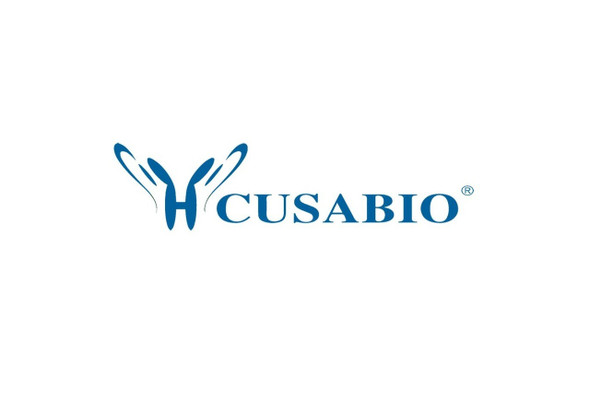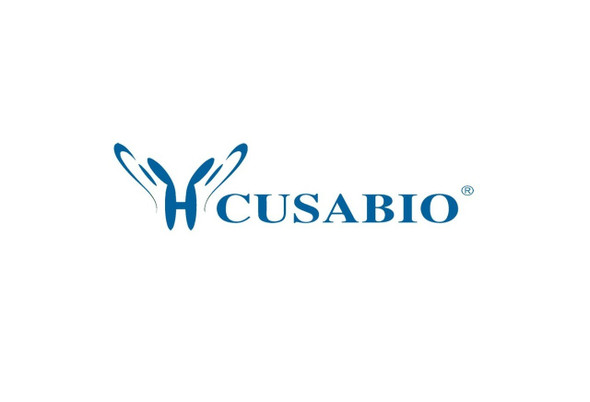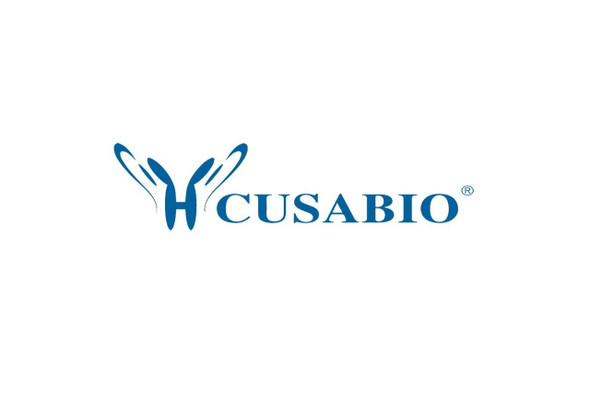Cusabio Human Recombinants
Recombinant Human C-C motif chemokine 14 (CCL14) | CSB-EP613691HU(F)
- SKU:
- CSB-EP613691HU(F)
- Availability:
- 13 - 23 Working Days
Description
Recombinant Human C-C motif chemokine 14 (CCL14) | CSB-EP613691HU(F) | Cusabio
Alternative Name(s): Chemokine CC-1/CC-3 ;HCC-1/HCC-3HCC-1(1-74)NCC-2Small-inducible cytokine A14
Gene Names: CCL14
Research Areas: Immunology
Organism: Homo sapiens (Human)
AA Sequence: TKTESSSRGPYHPSECCFTYTTYKIPRQRIMDYYETNSQCSKPGIVFITKRGHSVCTNPSDKWVQDYIKDMKEN
Source: E.coli
Tag Info: N-terminal 6xHis-SUMO-tagged
Expression Region: 20-93aa
Sequence Info: Full Length of Mature Protein
MW: 24.7 kDa
Purity: Greater than 90% as determined by SDS-PAGE.
Relevance: Has weak activities on human monocytes and acts via receptors that also recognize MIP-1 alpha. It induced intracellular Ca2+ changes and enzyme release, but no chotaxis, at concentrations of 100-1,000 nM, and was inactive on T-lymphocytes, neutrophils, and eosinophil leukocytes. Enhances the proliferation of CD34 myeloid progenitor cells. The processed form HCC-1(9-74) is a chotactic factor that attracts monocytes eosinophils, and T-cells and is a ligand for CCR1, CCR3 and CCR5.
Reference: HCC-1, a novel chemokine from human plasma.Schulz-Knappe P., Maegert H.-J., Dewald B., Meyer M., Cetin Y., Kubbies M., Tomeczkowski J., Kirchhoff K., Raida M., Adermann K., Kist A., Reinecke M., Sillard R., Pardigol A., Uguccioni M., Baggiolini M., Forssmann W.-G.J. Exp. Med. 183:295-299(1996)
Storage: The shelf life is related to many factors, storage state, buffer ingredients, storage temperature and the stability of the protein itself. Generally, the shelf life of liquid form is 6 months at -20?/-80?. The shelf life of lyophilized form is 12 months at -20?/-80?.
Notes: Repeated freezing and thawing is not recommended. Store working aliquots at 4? for up to one week.
Function: Has weak activities on human monocytes and acts via receptors that also recognize MIP-1 alpha. It induced intracellular Ca(2+) changes and enzyme release, but no chemotaxis, at concentrations of 100-1,000 nM, and was inactive on T-lymphocytes, neutrophils, and eosinophil leukocytes. Enhances the proliferation of CD34 myeloid progenitor cells. The processed form HCC-1(9-74) is a chemotactic factor that attracts monocytes eosinophils, and T-cells and is a ligand for CCR1, CCR3 and CCR5.
Involvement in disease:
Subcellular Location: Secreted
Protein Families: Intercrine beta (chemokine CC) family
Tissue Specificity: Expressed constitutively in several normal tissues: spleen, liver, skeletal and heart muscle, gut, and bone marrow, present at high concentrations (1-80 nM) in plasma.
Paythway: Chemokinesignalingpathway
Form: Liquid or Lyophilized powder
Buffer: If the delivery form is liquid, the default storage buffer is Tris/PBS-based buffer, 5%-50% glycerol. If the delivery form is lyophilized powder, the buffer before lyophilization is Tris/PBS-based buffer, 6% Trehalose, pH 8.0.
Reconstitution: We recommend that this vial be briefly centrifuged prior to opening to bring the contents to the bottom. Please reconstitute protein in deionized sterile water to a concentration of 0.1-1.0 mg/mL.We recommend to add 5-50% of glycerol (final concentration) and aliquot for long-term storage at -20?/-80?. Our default final concentration of glycerol is 50%. Customers could use it as reference.
Uniprot ID: Q16627
HGNC Database Link: HGNC
UniGene Database Link: UniGene
KEGG Database Link: KEGG
STRING Database Link: N/A
OMIM Database Link: OMIM


-SDS__05228.1638525658.jpg?c=1)

-SDS__05228.1638525658.jpg?c=1)





